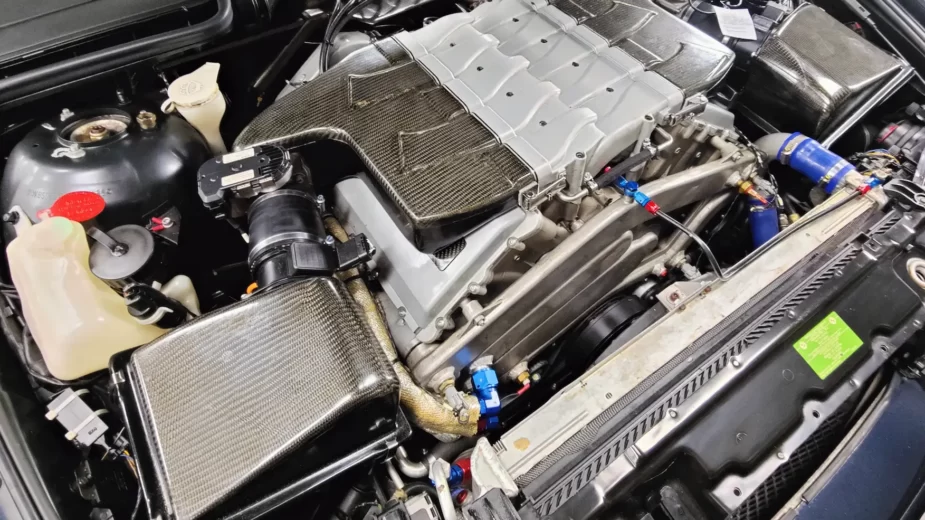AUTONEWS

Driverless cars won't deliver a transport revolution—and the auto industry stands to lose out
The breathless hype around driverless electric vehicles once promised an urban transport "revolution," with claims that new technologies would ease congestion and eliminate harmful emissions. The potential benefits of these new technologies are stimulating both activity and anxiety in the auto industry—specifically around whether the cost of investment will be justified by profits from sales of new vehicles.
The initial enthusiasm for driverless vehicles has gradually subsided, as the difficulties with introducing such technologies at scale in cities become better understood. As I explain in my new book Driving Change: Travel in the 21st Century, the future of the car is likely to be less exciting than many suppose. Rather than a revolution, these innovations will offer gradual change, when—and indeed if—the auto industry can make it worthwhile.
Of course, electric motors will help to reduce tailpipe emissions of carbon dioxide and other pollutants. But commercial success is likely to depend on the optimal choice of battery chemistry to maximize the car's range, while delivering long-life, lightweight and fast recharging cells. The recent decision by British inventor James Dyson to cancel his electric car project highlights the risks for new entrants.
Automated systems can already relieve drivers of tasks such as parking, and may ultimately lead to driverless travel. Yet both the performance and timing of autonomous vehicles (AVs) are very uncertain – independent observers predict an extended timescale for wide deployment: perhaps the 2040s to 2050s.
Safety first
A key task is to agree safety standards for AVs. People are willing to accept some small risk of death or injury when at the wheel of their own car, even though 1,784 people were killed on UK roads in 2018. But when someone else in is charge—as for rail and air travel—we demand far higher standards. AVs are potentially much safer, since they could eliminate human error that is responsible for 95% of road accidents.
Yet to demonstrate safe performance would require huge amounts of on-road testing, once the technology reaches an acceptable standard. Proponents argue that the best is the enemy of the good, so that AVs should be accepted for general use once they are better than a good human driver, with the expectation that their safety performance will improve as the technology is refined with increasing experience.
Within the auto industry, there's a sense of inevitability that driverless cars are the future. But there will need to be demonstrable benefits if the public is to pay the extra costs. Eliminating human taxi drivers could offer a substantial economic benefit: a robotic taxi summoned with an app is seen by some as an alternative to owning your own car.
Still a tough sell
Traffic congestion is the most intractable problem of the road system, reflecting an excess of demand for car travel in relation to road capacity in towns and cities where there is generally both high population density and high car ownership. Privately owned AVs could actually add to congestion, since they would travel without a passenger, for instance returning home after dropping people off, or cruising round the block while the owner is shopping.
Historic transport innovations have allowed step changes in the speed of travel: the railway in the 19th century, the car in the 20th. Increases in access to destinations, services, opportunities and choices made possible by such innovations have justified huge investments by manufacturers, public authorities and the traveling public.
By contrast, the new transport innovations will not increase the speed of travel. The car of the future will be electrically propelled, have extensive digital functionality and driverless options. But it's unlikely to make much faster progress through traffic than the car of today.
These new transport innovations will not transform why and where people travel. Rather, they will offer incremental improvement to the quality of our journeys. As the auto industry switches to electric propulsion and develops driverless options, the lack of a transformational offering to car buyers could make it hard to recover the costs of development.
by David Metz

Nenhum comentário:
Postar um comentário